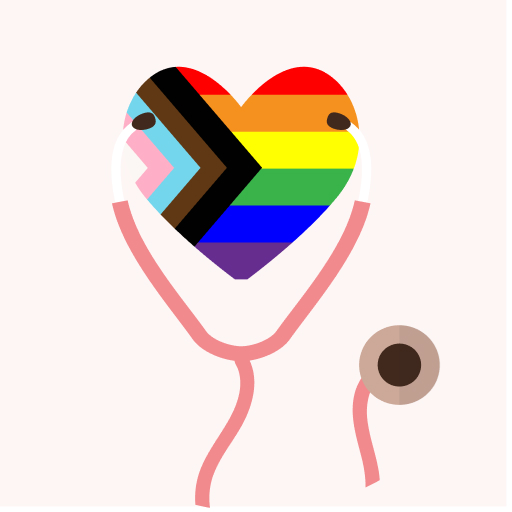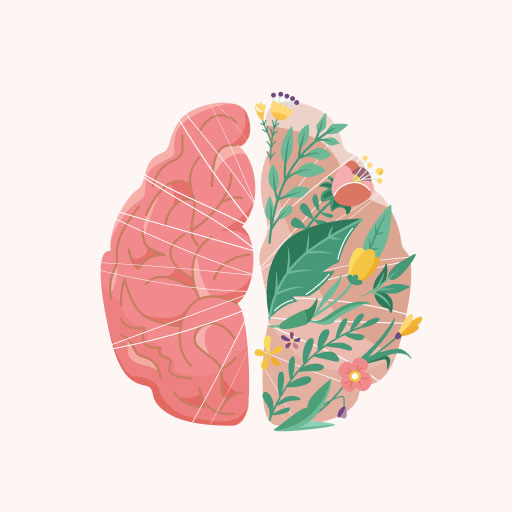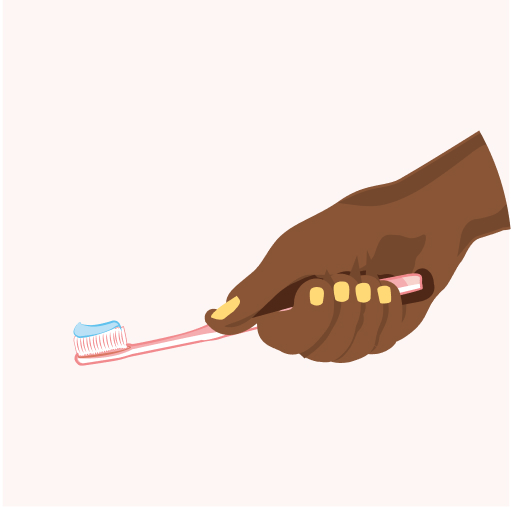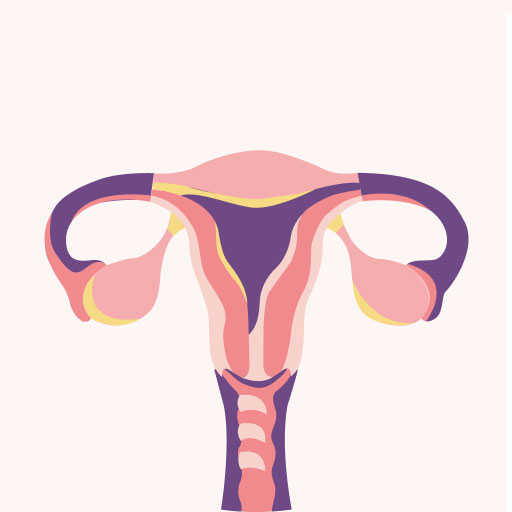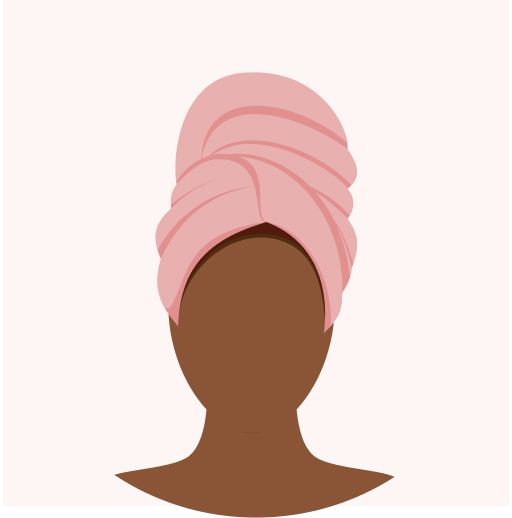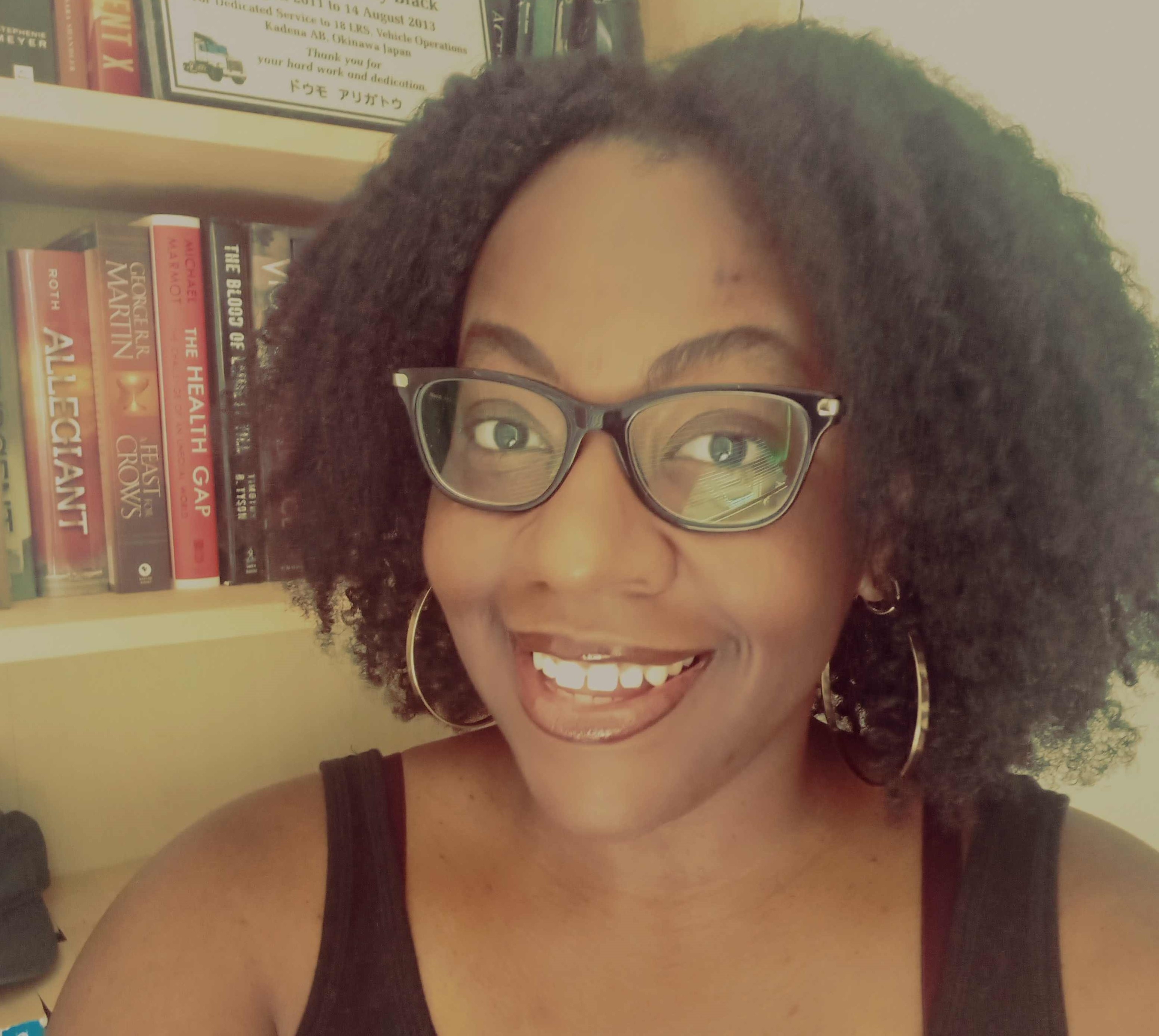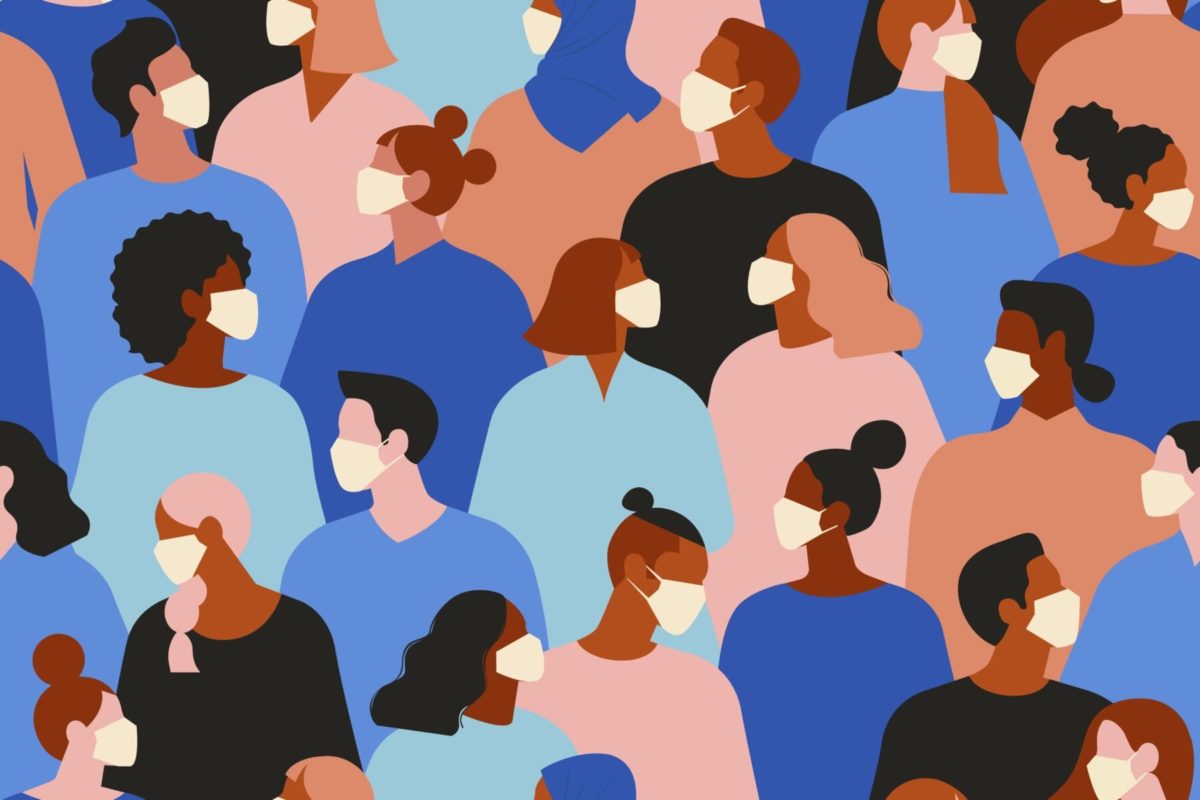
COVID-19: The Reawakening of Blackness
COVID-19, the straw that broke the racist back of America.
In the wake of a global pandemic we were reminded that Black populations continue to suffer from an often elusive, yet pervasive element—racism. The reports of Black Americans dying at higher rates of coronavirus mirrors the inequitable patterns of various health outcomes. In recent years, we have witnessed how interpersonal racism continues to endanger the welfare of Black women during childbirth. Furthermore, we have seen how systemic racism impacts housing practices that disproportionately expose Black Americans to neighborhoods with higher levels of neighborhood disorder and insufficient resources (e.g. limited access to quality healthcare). Although COVID-19 is an emerging virus, its impact resembles antiquated and familiar inequitable patterns.
COVID-19 reminded us that we are still living in a time of social injustice. It was a global pandemic that re-ignited the public’s awareness that all Black lives matter. Enduring the public execution of George Floyd (ashe’) during a pandemic showed us that racism has no limits or bounds. Amid a global pandemic, we watched law enforcement officers continue to brutalize Black bodies. The “memeification” of Breonna Taylor (ashe’) highlighted the intangible feeling of getting justice for Black people in the United States. Riah Milton (ashe’), was not afforded the opportunity to become a “meme,” which underscored the silencing of her name and others like her. As a pandemic ensued, we watched various intersecting identities of Blackness fight to be seen, heard, and valued. Blackness is not something that should be feared. Blackness is beautiful, and although social unrest filled our social media, we did observe movements that celebrated the beauty of Blackness. People all over the world, while embracing the recommendations of public health officials, peacefully marched together for Black lives.
Public Health’s Next Mission
Public health will embark on a journey of healing and restoration. Life after COVID-19 will shift how we define normalcy. Yet, we cannot ignore the structural influences that have continued to generate unequal norms for racially marginalized populations. Understanding neighborhood or institutional-level determinants of health are essential. As public health students and professionals, we must prioritize the implications of systemic inequities, such as structural racism, and how they can shape health. Research has often alluded to the health impacts of structural racism; however, we must move toward the creation of empirical models and frameworks. It is simply not enough to say that racism exists—we must understand how it permeates our everyday lives and affects our well-being.
Our work will include creating anti-racist policies and interventions that restore neglected and historically marginalized communities. In a time where performative allyship introduces a façade of change, public health can utilize an intersectional lens to design interventions that make significant impacts on population health. Public health will open a door that allows us to acknowledge and reflect on historical legacies, for which we, as public health professionals, will be able to understand the plight of different populations. Too often we design programs for communities that we do not belong to, nor share history with. Public health will recognize that its role will be to combat the oppressive policies and norms that aided in the persistent impact of inequitable systems over time.
Now is the time, yet it always has been.
More Content
Chronic Diseases
The Heart-Breaking Disease that is Killing Our Black Women
September 17th, 2004 was the worst day...


